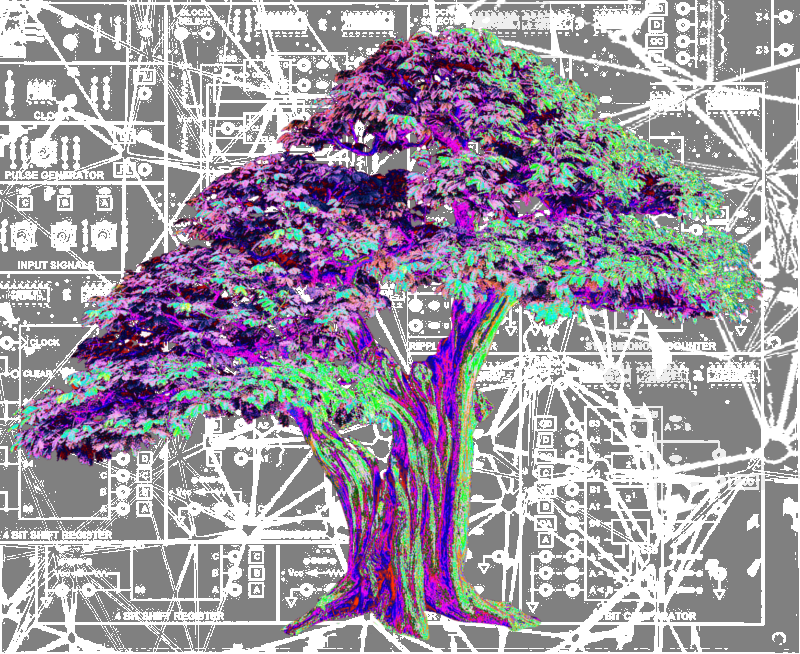Green needs assessed
 Melbourne and Sydney are falling short of international benchmarks for urban tree canopy coverage.
Melbourne and Sydney are falling short of international benchmarks for urban tree canopy coverage.
A study published in Nature Communications has assessed greenery across eight global cities using the '3-30-300' rule - a metric for urban nature.
The '3-30-300' rule, developed by Dutch urban forestry expert Professor Cecil Konijnendijk, sets a baseline standard that aims to ensure every building has a view of three trees, neighbourhoods have at least 30 per cent canopy cover, and parks are no more than 300 metres away.
The findings highlight a stark gap in canopy cover, despite many buildings enjoying views of trees.
In Melbourne's inner suburbs, just 3 per cent of buildings are surrounded by sufficient canopy cover, even though 44 per cent of properties have views of at least three trees.
Sydney’s central areas performed somewhat better, with 17 per cent of buildings shaded adequately, but this remains far from ideal.
Dr Thami Croeser, lead researcher from RMIT's Centre for Urban Research, says improving greenery in Australian cities could ward off health risks linked to inadequate access to nature.
“Depression, anxiety, obesity, and heatstroke are more prevalent in urban areas lacking access to shady tree canopy and green open spaces,” he said.
The study analysed over 2.5 million buildings globally, finding that while many met the ‘three trees’ criterion, most fell short on the 30 per cent canopy coverage requirement.
Only Seattle and Singapore passed the benchmark, with 45 per cent and 75 per cent of buildings respectively enjoying adequate shade.
Croeser attributes these shortfalls partly to poor conditions for tree growth, such as asphalt-covered roots and over-pruning, which often prevent urban trees from thriving.
“Too often, we put trees last in our streetscapes,” Croeser said.
“Whether it’s construction access, a resident complaint, or an underground cable, street trees are quickly removed and replaced with saplings.”
Beyond cooling cities, adequate tree coverage offers a range of benefits, including reducing flood risks, supporting biodiversity, and improving mental and physical health.
Studies suggest that 40 per cent canopy coverage is necessary to significantly reduce urban heat, making the 30 per cent metric a minimal target.
However, achieving this goal will require a major shift in how cities prioritise green infrastructure.
Croeser called for federal and state governments to lead a canopy taskforce to retrofit streets, as local councils often lack the resources to act alone.
Globally, the '3-30-300' rule is gaining traction.
At least six cities in Europe, the United States, and Canada are adopting the metric as part of their urban forestry strategies.
Professor Konijnendijk describes it as a simple way to demystify the complexities of city planning.
“Getting more parks and trees into cities is complicated work, and I realised that a simple metric could take the mystery out of it,” he said.
Unlike traditional metrics that rely on city-wide averages, the '3-30-300' approach emphasises the importance of bringing nature into everyday spaces where people live and work.
Croeser said there is a need to rethink urban design, suggesting bold measures such as removing asphalt to make room for trees.







 Print
Print



